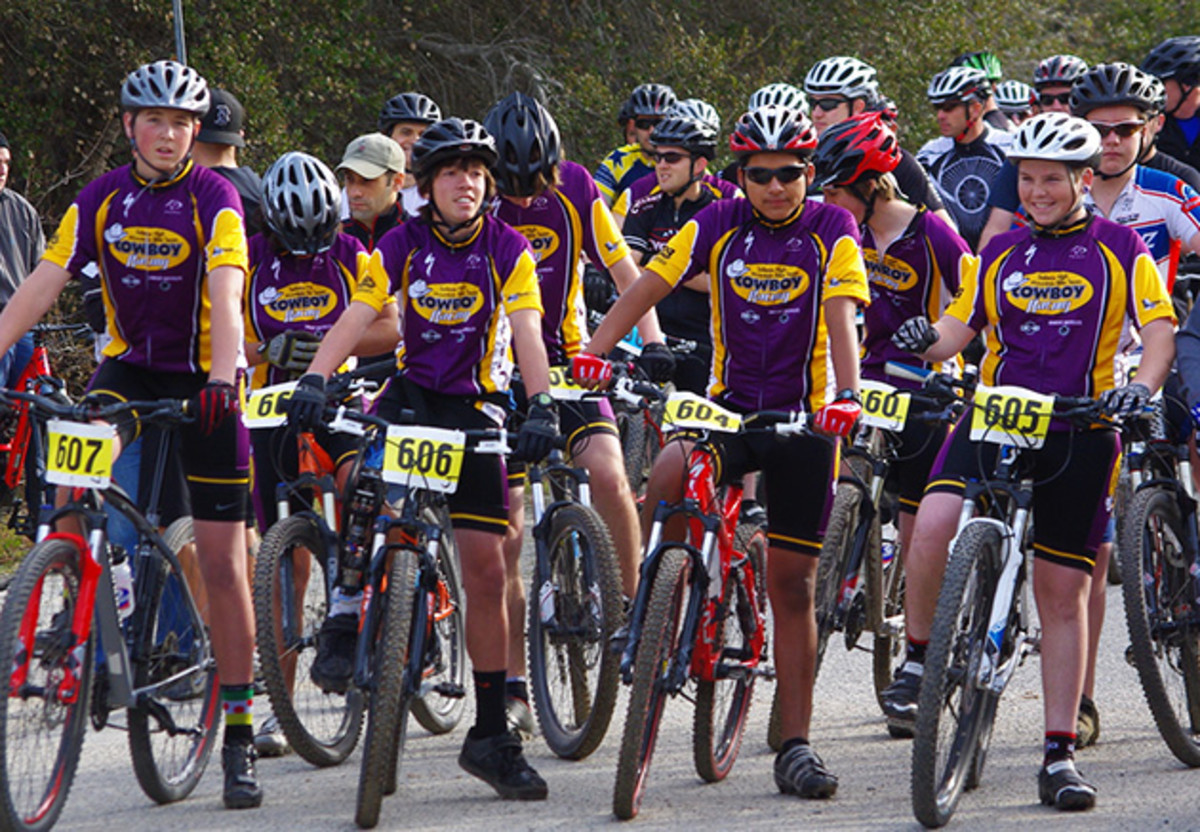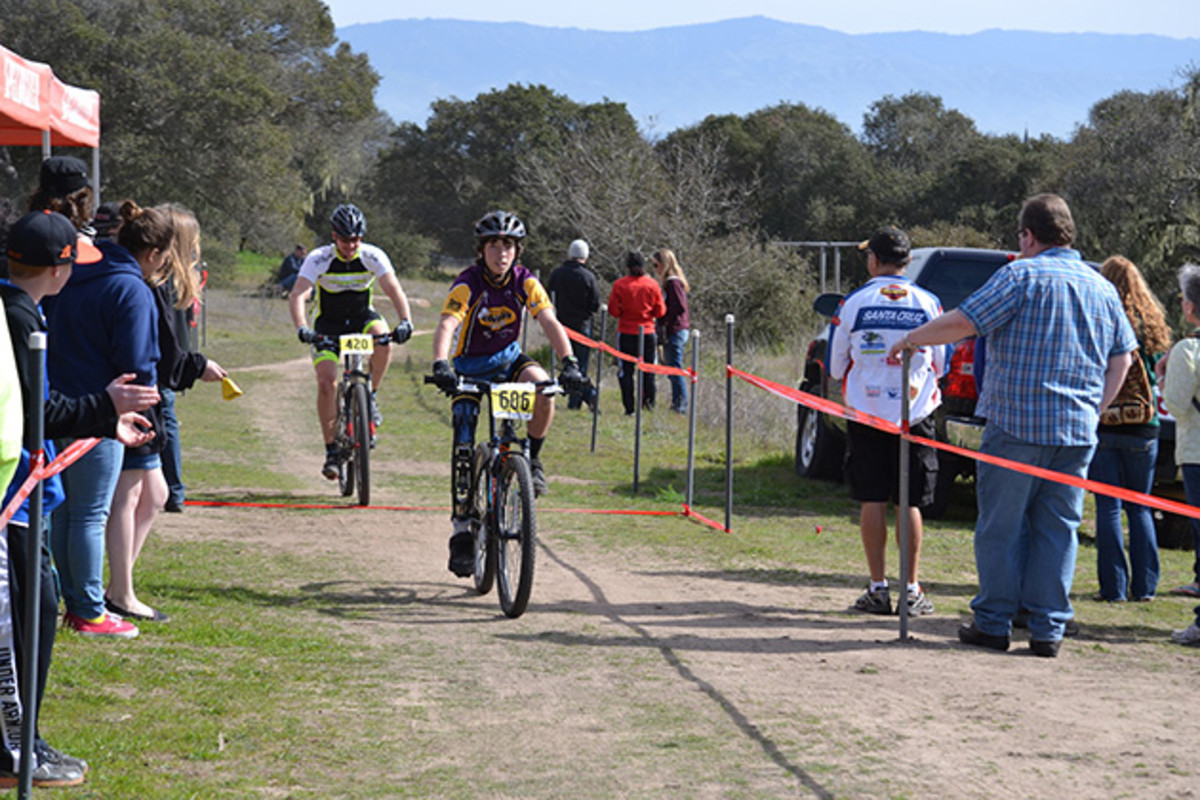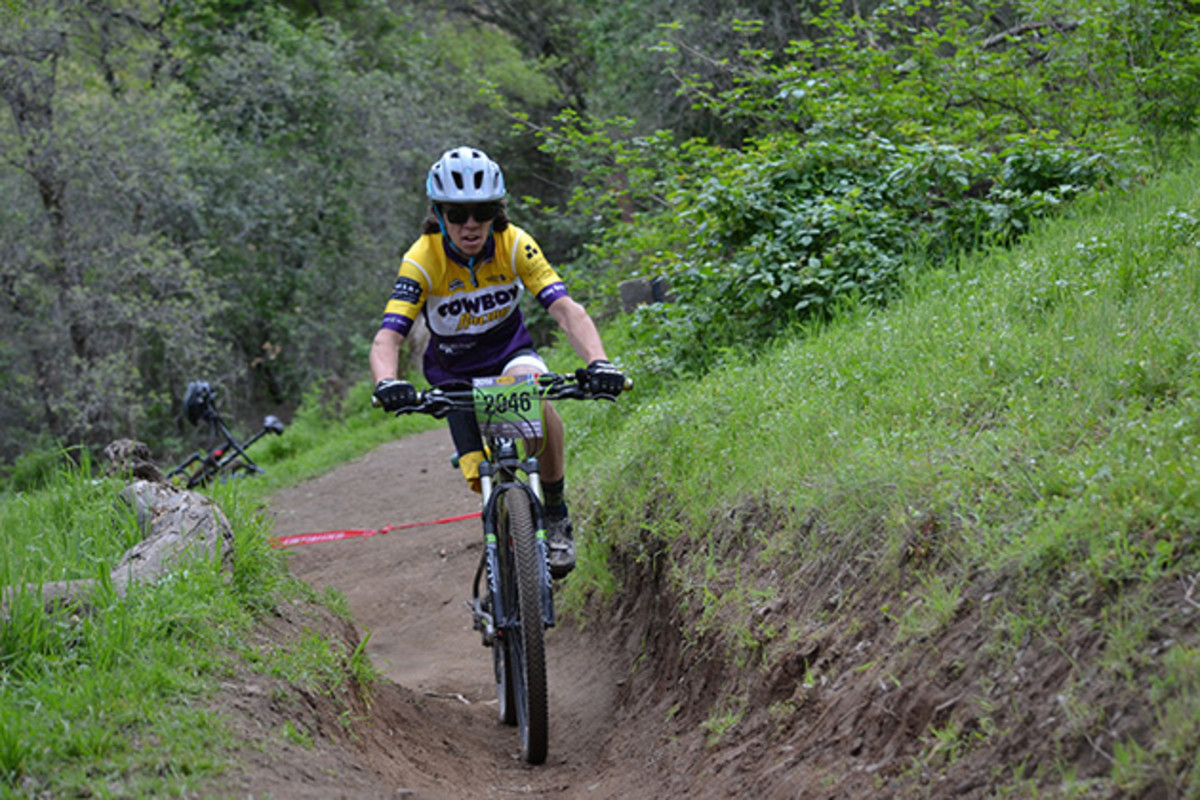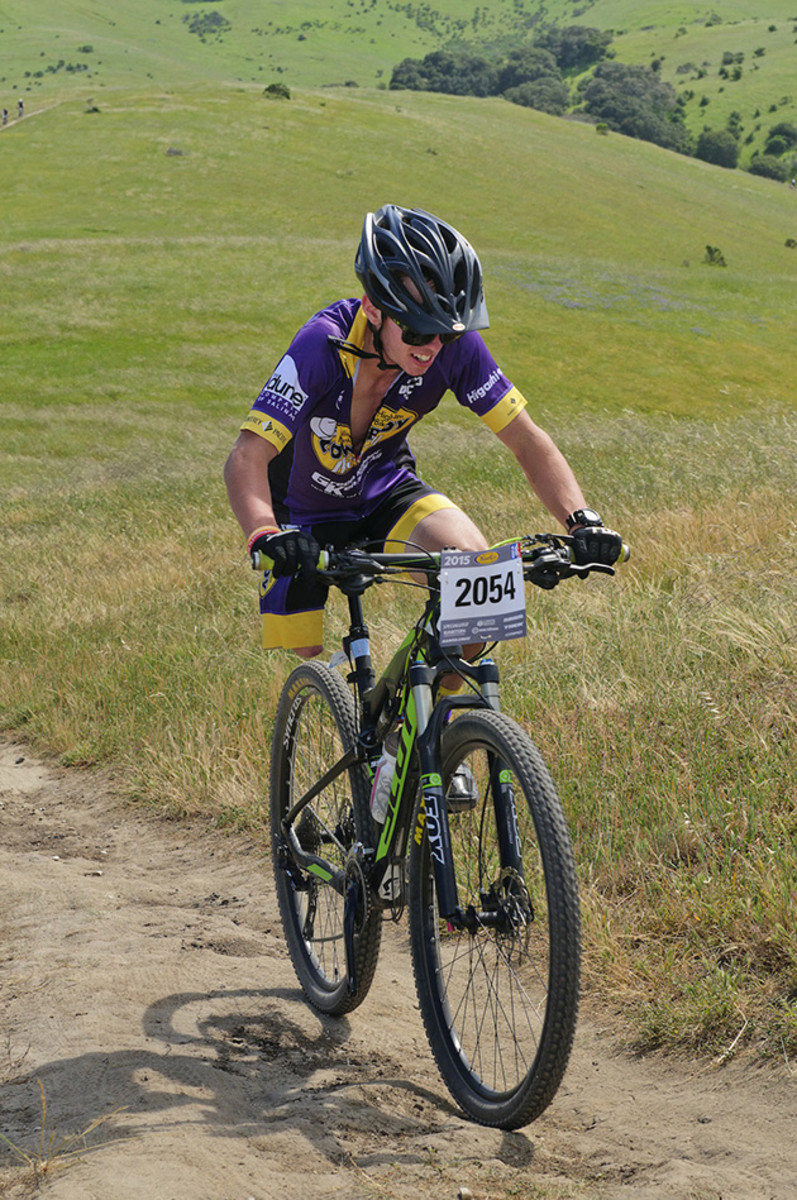One-legged high school mountain biker KC Fontes defies the odds

KC Fontes learned to ride a bike before he could walk. His dad, David, bought him a red DYNO BMX bike for Christmas 1999, when KC was just six months old. “He was my first-born son,” says David, “and all I wanted to do was get him on a bike as soon as I could.”
For the next decade KC spent almost as much time speeding around on two wheels as he did on two legs. But in sixth grade he came home one day from basketball practice at his school in Salinas, Calif., complaining that his right leg hurt. His calf just below the knee was swollen, and doctors discovered a rare tumor.

A month after the diagnosis, KC had an operation to remove the growth. Three months after that he started chemotherapy, but the tumor proved extremely difficult to eradicate. KC missed seventh grade, and for a year-and-a-half he often couldn’t be around friends because the treatment suppressed his immune system.
“Two or three months into the chemotherapy I was ready for the amputation,” KC says. After surgery, besides the miserable effects of the drugs, his knee tensed up into a right angle, making walking difficult and cycling impossible. “I wanted to be active again,” he says. “That leg wasn’t really doing me much, just hanging on there.” But when the decision was made to stop chemotherapy and remove the lower part of his leg, KC broke down in tears. He was sure he’d never be able to ride a bike again.
One man's quest to complete 21 triathlons in 21 days in 14 states
Doctors planned to amputate and then restart chemotherapy, but by the time KC had recovered enough from the surgery to continue treatment, the tumor had spread further up his leg to his hip. There was no longer an option to kill off or remove the growth; instead the focus would be on finding ways to keep it dormant.
KC was fitted with a prosthesis to replace his missing leg, but gave up using that within two months because it was uncomfortable to wear and made his stump hurt. He stuck to crutches, at least until the first time his parents let him go off with friends on his own. That day, at the top of a local hill, he traded for a friend’s BMX bike. KC coasted all the way down, then headed straight home. “I was so pumped,” he says, “I had to tell my parents.”

“Are you kidding me?” said his mom, Corinne. “Do you know what could happen to you?” His dad was just as worried, but excited, too. In spite of everything, KC wasn’t beaten yet. He’s done it on his own, David thought. Let’s put a clip on a bike and just see if he can actually ride.
He could. Soon after, he bought his first mountain bike. Jim Warwick, a coach on the local Salinas High mountain biking team, heard about KC and invited him and his parents to hear Paralympic skier Josh Sundquist speak at an event in nearby Monterey. Salinas High competes in the National Interscholastic Cycling Association’s NorCal league, and Warwick saw no reason why KC couldn’t race for the Cowboys when he moved up to ninth grade.
How to get your body used to working out in hot weather
Over the next year, KC experimented with different knees that he could ride on a bike. The first had a motion dampening mechanism that slowed down his cadence too much, but the second, made by fellow adventure sports athlete and amputee Brian Bartlett, was specifically designed for action sports. “It was so cool. I could stand up. I could pedal,” KC says. However, the knee was designed for adults and was ultimately too heavy and powerful for a high school freshman. On a conditioning ride early in training for his first season on the Salinas High team, KC struggled to keep up. Warwick began to have doubts. Wow, he thought, maybe this isn’t going to work.
“It hurt to where I had to stop,” KC says. “The knee was just trying to push my leg so fast.” He didn’t finish a single race his freshman season, taking so long to complete the first of two laps that he never made the cut to stay out for the final circuit.

Then he met Dory Salinger, a gold-medal winning Paralympic cyclist working as a prosthetist in Monterey. They reverted to a different knee, stripping out a lot of the internals. KC’s times improved, though he could no longer stand up on long climbs because the knee didn’t offer enough resistance to his weight. And “with lighter came faster, but with faster came sweat,” KC says. “And the sweat caused my leg to no longer want to stay on.”
Early on in training for his junior year KC ditched his leg entirely, trading balance and symmetry for the weight savings of not having to drag a heavy prosthetic around. Cycling one-legged meant he had to focus on pushing down and pulling up equally with his left leg, but the change worked. Last year he finished his first ever high school race, in Petaluma, Calif. “I was so stoked,” he says. “Definitely wasn’t first place, but completing it was a big goal.”

Over the summer break the team’s mechanic, Greg Getz, removed KC’s right pedal crank and the front derailleur. There didn’t seem to be much point carrying the extra weight, and that would give KC extra ground clearance on tight right-hand turns. In his final year on the team, KC has already notched another race finish and is hoping to qualify for state championships in late May. A year ago he was honored by NICA with the 2014 GU Energy Extraordinary Courage Award, but he wants success on the dirt, too.
After that he’ll be aiming for college, and maybe Tokyo 2020. Salinger already has plans to get KC training on the track at the Hellyer Park Velodrome in nearby San Jose this summer. Four years ago KC didn’t think he’d ever ride a bike again, but four years from now he could well be chasing Paralympic gold.
